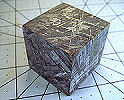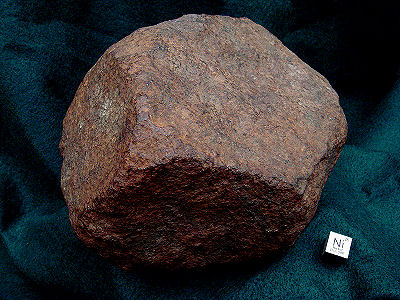New England Meteoritical Services Testing FAQ |
| Member, Meteoritical Society |
 |
Meteoritetesting.org |
 |
Frequently Asked Questions and Commentary about Meteorite Testing. |
The most important and helpful page on this site, read carefully. |
| Also see our research and support site at meteoritestructures.org |
| . |
Updated and current - February 08, 2025 |
| Commentary |
||||||||||||||||||||||||||||||||||||||||||||||||||||||||||||||||||||||||||||||||||||||||||||||||||||||||||||||||
| This page will only take 5 to 8 minutes to read. It's a frank synopsis of the many questions we receive and will answer many of your questions. Meteorite locations, "Where are they found?" and "How can I find one?" Aside from "Is my meteorite real?" These are two of the most often-asked questions we receive. The answer to the first is that meteorites have been found in 48 of the 50 States in the USA. Listing of States and the number of meteorites found and listed in MetBull. |
||||||||||||||||||||||||||||||||||||||||||||||||||||||||||||||||||||||||||||||||||||||||||||||||||||||||||||||||
|
||||||||||||||||||||||||||||||||||||||||||||||||||||||||||||||||||||||||||||||||||||||||||||||||||||||||||||||||
** Provisional, "Sugar River" proposed name, awaiting isotope data for classification. ***Vermont, Pseudometeorite, not MetSoc accepted. |
||||||||||||||||||||||||||||||||||||||||||||||||||||||||||||||||||||||||||||||||||||||||||||||||||||||||||||||||
|
||||||||||||||||||||||||||||||||||||||||||||||||||||||||||||||||||||||||||||||||||||||||||||||||||||||||||||||||
 |
Chestnut Ridge, Stone, H5 chondrite Shelbyville, Tennessee. Single stone, 2.92 kg.Dark green interior (matrix) with abundant chondrules, surrounded by a network of numerous, small bright grains of iron-nickel metal and sulfide. |
